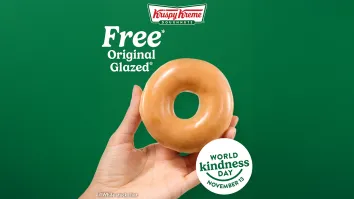
New labelling app deviates from UK Food Standard Agency's guidelines
The Traffic Light Food Tracker only shows information for grams/100g of sugar, fat, saturated fat and sodium in packaged foods.
In a release, a new traffic light labelling smartphone application doesn’t follow accepted global guidelines developed by the UK Food Standards Agency, the Australian Food and Grocery Council (AFGC) highlighted.
The Traffic Light Food Tracker – launched by the Obesity Policy Coalition and activist groups – deviates from the globally-accepted UK model for traffic lights as it only shows information for grams/100g of sugar, fat, saturated fat and sodium in packaged foods.
The UK system for traffic light labelling criteria is based on both liquids (mL/100ml) and solids (g/100g).
AFGC Chief Executive Kate Carnell said the traffic light smartphone app posed a number of confusing questions.
“Why haven’t the Obesity Policy Coalition used the globally-accepted UK Food Standards Agency guidelines for the app?” Ms Carnell said.
“What research did they use to develop the app if it wasn’t based on these international guidelines? Why did they choose to include just solids rather than liquids as well?”
When tested using the Obesity Policy Coalition smartphone application, full-sugar cola softdrink received an amber traffic light for sugar compared with a red light under the UK system. The cola received green lights for fat, saturated fat and salt.
“By not using the standard international guidelines for traffic lights, they’ve managed to achieve a system where full-sugar cola softdrink would not a get a red light for sugar – so where’s the credibility?” Ms Carnell said.
“As we also know, traffic lights deliver red lights for most dairy products. We all agree that dairy products are an essential part of a healthy, balanced diet.
“Rather than using an app – where shoppers must manually type in the amount of grams of sugar, fat, saturated fat and sodium in products – isn’t it quicker to just read the label instead?”
A Newspoll survey released last week found almost eight in 10 Australians (78 per cent) were familiar with Daily Intake Guide (DIG) front-of-pack food labels which help formulate a balanced diet. More than half (55 per cent) of Australians believe the DIG labels – which appear on more than 4000 products – provide useful nutritional information.
“Clearly there’s no evidence to warrant changing Australia’s front-of-pack food labelling system, especially when industry is already under immense pressure,” Ms Carnell said.

























